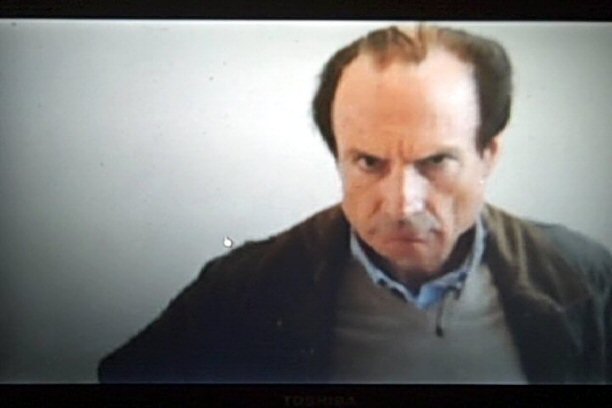Norwich Bulletin Reports Weakness in Mallove Case was last modified: March 26th, 2012 by sbkrivit
Mar 262012
George Miley, a pioneer in the low-energy nuclear reactions field and an emeritus professor at the University of Illinois, made an extraordinary claim of excess heat on Oct. 20, 2011, at the World Green Energy Symposium in Philadelphia, Pennsylvania.
A person who attended the symposium filmed Miley’s presentation and uploaded it to YouTube. At 17:57 in this video, Miley states, “At the moment, we can run continuously at levels of a few hundred watts.”
New Energy Times spoke with Miley in December and learned that his data showed a peak of eight Watts of excess heat over a period of 100 seconds. Apparently Miley misspoke.

April 28, 2011: Andrea Rossi filmed by Mats Lewan after Lewan's camera caught Rossi with his hand on the power button.
On March 7, 2012, we published, “Report #5: Rossi’s Profitable Career in Science”
In this article, we discussed many aspects of Energy Catalyzer inventor Andrea Rossi’s patent applications.
We got most of the patent law details right, but we are not patent attorneys and we did not hire one to fact-check the article.
A patent attorney who is a New Energy Times reader was kind enough to review our article after it published and provide notes on some minor corrections. His notes, on their own, also provide an expert tutorial on these patent issues.
We have appended his notes to the bottom of the original article.
Ugo Bardi teaches physical chemistry at the University of Florence, in Italy. He is interested in resource depletion, system dynamics modeling, climate science and renewable energy – and the Andrea Rossi Energy Catalyzer story.
His article “The E-Cat Horror,” is part horror story, part comedy.
| © 2025 newenergytimes.net |